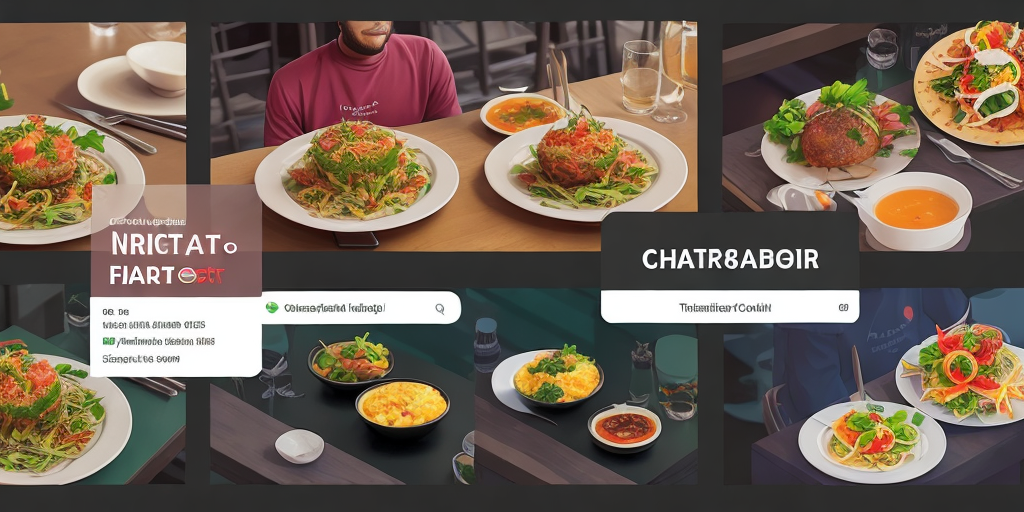Surfing into Success: Using Chatbots to Control Restaurant Food Costs in 6 Easy Steps
Are you tired of struggling to control your restaurant food costs? Do you want to streamline your processes and reduce labor expenses? Well, look no further than chatbots! These virtual assistants use the power of artificial intelligence to interact with your customers and improve your restaurant operations. Research shows that chatbots can help restaurants reduce costs by replacing human staff for basic tasks, such as taking orders and making reservations. Plus, they can assist customers in paying online using their saved credit or other payment methods. Want to know the best part? Chatbots can operate 24/7/365, offering timely support and immediate responses to customers' queries.
Step 1: Identify your biggest cost drivers
The first step in controlling your food costs is to identify your biggest cost drivers. This could be anything from waste to inefficiencies in the kitchen. Once you've identified these drivers, you can determine which ones can be addressed by chatbots.
Step 2: Choose the right chatbot platform
There are many chatbot platforms available, and it's important to choose one that fits the specific needs of your restaurant. Consider features such as ease of use, customization options, and integration with your existing software systems.

Step 3: Train your chatbot
Your chatbot will need to be programmed with information about your menu, ingredients, and pricing. This is where midjourney prompts and chatgpt prompts come in. These prompts will help train your chatbot with the correct information and responses.
Step 4: Set up ordering and reservations
One of the most valuable features of chatbots for restaurants is the ability to take orders and reservations. By setting up a chatbot to handle these tasks, you can reduce the workload on your staff and improve accuracy.
Step 5: Monitor your chatbot's performance
As with any software system, it's important to monitor your chatbot's performance. Keep track of the most common questions and issues, and make adjustments to improve its effectiveness over time. You can do this with Stable Diffusion prompts, which will help you understand what questions diners are asking the most.
Step 6: Leverage data for better decision-making
Finally, use the data collected by your chatbot to make better business decisions. For example, if you notice that certain menu items are frequently asked about, you can consider featuring them more prominently or promoting them more aggressively. Chatbots not only help restaurants control food costs and customer experiences, but also gather and organize data to help restaurants improve their margins. This automation offering assists businesses to initiate revenue management, loyalty campaigns, and menu customization appropriate for every customer's needs. Plus, chatbots can provide personalized recommendations, create interactive menus, and offer promotional deals to customers. With Say2eat, customers can even place orders via chat, enhancing their dining experience.
It's time to start using chatbots to your advantage and take your restaurant to the next level. At Socialdraft, we offer a variety of chatbot templates and other AI products that can help streamline your restaurant operations. So, what are you waiting for? Start surfing into success today!
